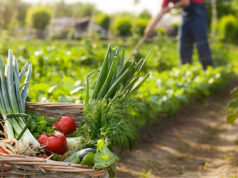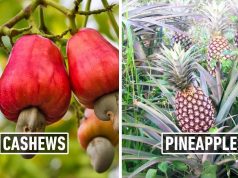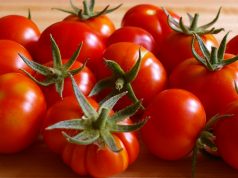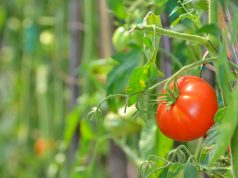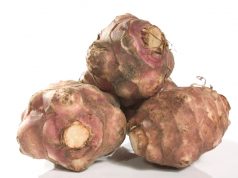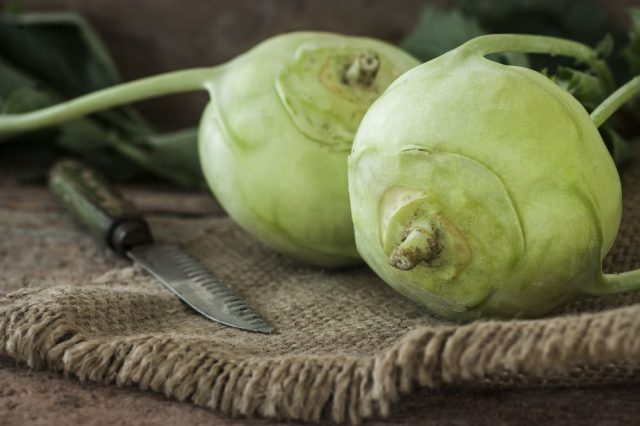
Vegetables are so important for a healthy and balanced diet. Yet only 1 in 10 adults gets enough of them in their daily diet.
And in a way I don’t blame them. Vegetables can be bland and boring and not everyone enjoys their taste. That’s why we’re such big fans of making delicious vegetable juices over at TheHealthPlaybook.com. Juicing can be a great way to supplement your diet and get tons of nutrients, vitamins and minerals.
But like so many things in life, even juicing vegetables can get boring after a while. So to spice things up, we wanted to introduce you to some fun, healthy vegetables options you probably haven’t heard of.
1. Kohlrabi
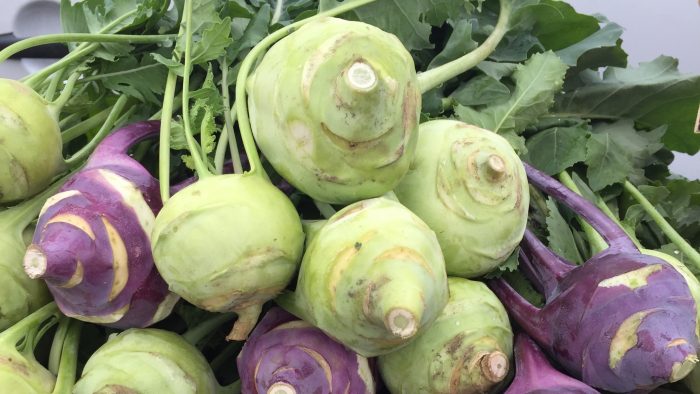
Unless you’re German, you’ve probably never heard of this delicious, bulb-looking vegetable. It’s a sweeter cousin of broccoli, cabbage and cauliflower.
In most German dishes Kohlrabi is roasted or sautéed, but it’s also great in salads.
Even though Kohlrabi is sweeter than most vegetables, it’s low in calories and is packed with Vitamin C. One cup is only 36 calories but has 96% of the daily value of Vitamin C.
Like most vegetables, Kohlrabi is also high in fiber, which not only makes you feel fuller for longer but is also great for digestion.
2. Sweet Potato Leaves

You read that right. Sweet potato leaves. Not only are sweet potatoes an awesome, low glycemic index alternative to other starchy potatoes, but their leaves are also edible!
When cooked, these leaves have a similar taste to spinach and add lots of great nutrients to your diet.
As most green, leafy vegetables, sweet potato leaves are super low calorie and come with lots of antioxidants and minerals like Vitamin K.
One cup of sweet potato leaves packs 88% of your daily value of Vitamin K. This vitamin is great for cleaning your arteries and promotes bone density.
So next time you’re in the mood for some sweet potatoes, see if you can get some from your local farm with the leaves still attached.
3. Romanesco
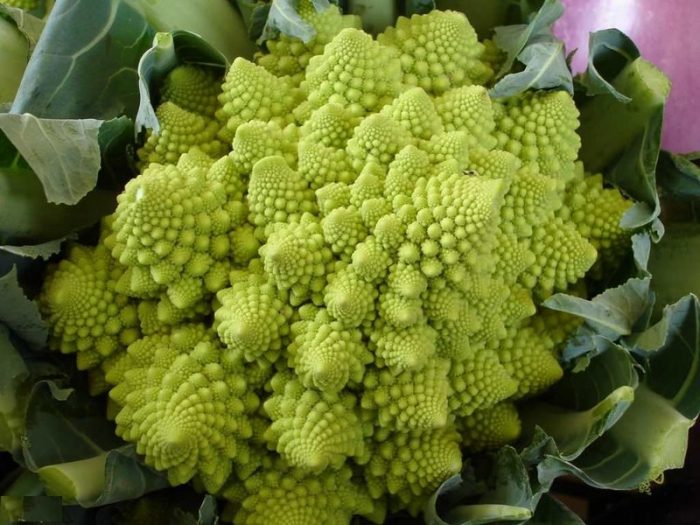
If a broccoli and a cauliflower had a love child, it would be Romanesco (maybe that’s where the name came from?).
First discovered in Italy, this vegetable is not only healthy, but also tastes really good and unique. Many describe the taste as somewhat nutty (and similar to cauliflower).
When you’re done admiring this beautiful vegetable, it’s great roasted with some olive oil and added to salads or even pasta dishes.
Romanesco is also packed with vitamins like A, C, and K, as well as magnesium and omega 3 fatty acids.
Like many other vegetables, Romanesco is loaded with Fibers which are great for digestion. And the Vitamin A is great for your eye health.
4. Garlic Scapes
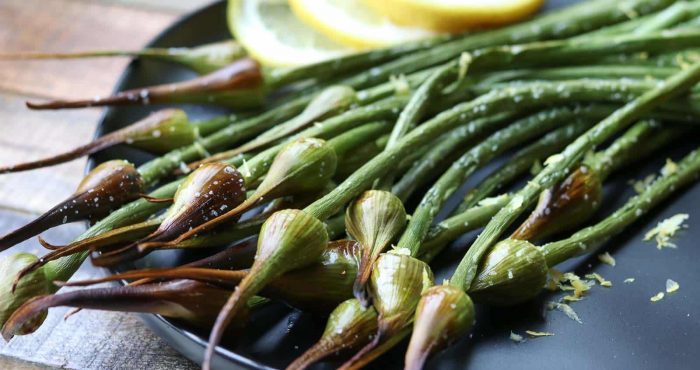
Think green onion meets garlic. These stalks grow out of your hardneck garlic bulbs and are often very overlooked – though rising in popularity.
Garlic scapes are seasonal, so look from them in the late spring or early summer at your local farmer’s market.
While likely won’t eat a ton of this flavorful vegetable, they are a great source of protein, vitamin C, and calcium. Similar to garlic cloves, garlic scapes can help prevent high cholesterol, heart disease, and even cancer.
Garlic scapes are a great addition to many dishes and can be used to make pestos or other dressings.
Whether or not they help you fight off vampires we don’t know.
5. Fiddleheads
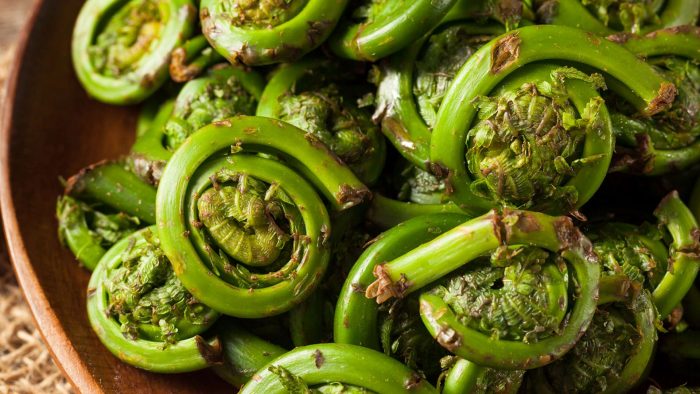
Fiddleheads are the beginnings of a new, young fern that are harvested as a vegetable. Not only do they have a magical name, but they are also really cool looking and are packed with nutrients.
Most people describe their taste similar to that of asparagus, with a bit of a nutty flavor. Fiddleheads are often sautéed and enjoyed as a side dish.
Fiddleheads are low in calories, and are packed with fiber and vitamin C.
6. Cassava

This root vegetable (also called Yuca) is native to South American and currently mostly eaten in developing countries. Though, cassava root has been growing in popularity in the US.
Cassava can be eaten whole, grated or is often used as a flour substitute.
High in resistant starch, cassava roots can be great for gut health and improve digestion.
While cassava can be a great substitute for other starchy vegetables, Cassava is also high in calories and antinutrients — so make sure you eat a moderate amount.
7. Sunchoke
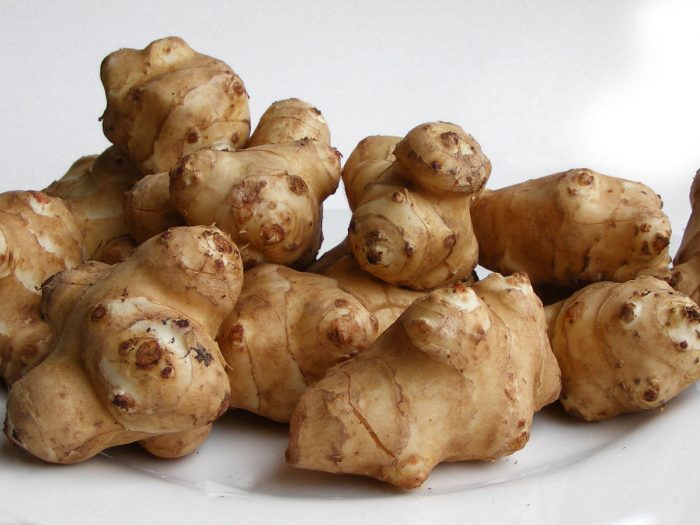
Sunchokes, as you might have guessed, are similar to artichokes. They are a root vegetable that is a cousin of the sunflow (hence their name!).
This is another low-calorie, fiber-rich vegetable that comes with lots of health benefits that you should give a try.
Sunchokes are a great source of iron, calcium, magnesium, and potassium. And they also contain carbohydrate inulin, which can help keep your blood and glucose levels from spiking.
8. Kangkong (Chinese Water Spinach)
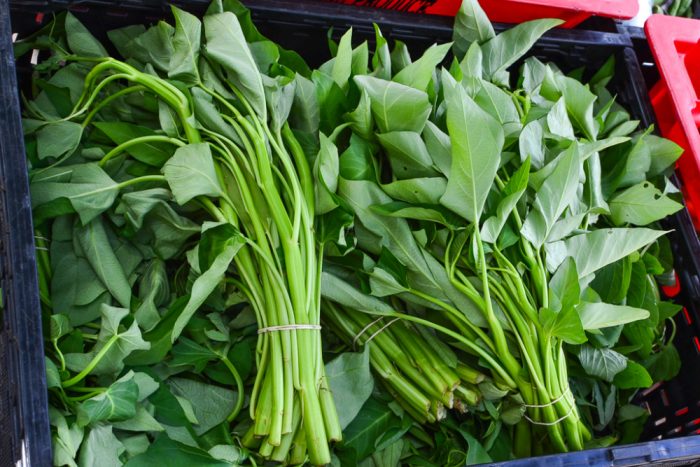
Often categorized as “one of the healthiest vegetables on the planet”, this vegetable is today eaten mostly in Asian countries like Thailand, Indonesia, and Malaysia.
Kangkong is a spinach-like vegetable that doesn’t only come with loads of health benefits, but is also said to have therapeutic effects.
Kangkong is packed with vitamin A, which is great for your eye health, and even your skin and hair. Vitamin C is another mineral that’s packed into Kangkong, which is great for boosting your immune system.
Besides Vitamin A and C, Kangkong packs lots of iron, magnesium, and calcium as well.
Both, the taste and texture of this vegetable are very similar to spinach, so it’s a great vegetable to add to many dishes.
It’s advised not to eat Kangkong raw though, so make sure to cook it before eating it.
While most of these vegetables are likely not to be found at your local grocery store, we hope that a trip to your local farmer’s market will add some variety and fun to your next cooking adventure. And remember to try and fill each and every plate with some fruits or vegetables for a well-balanced diet!

